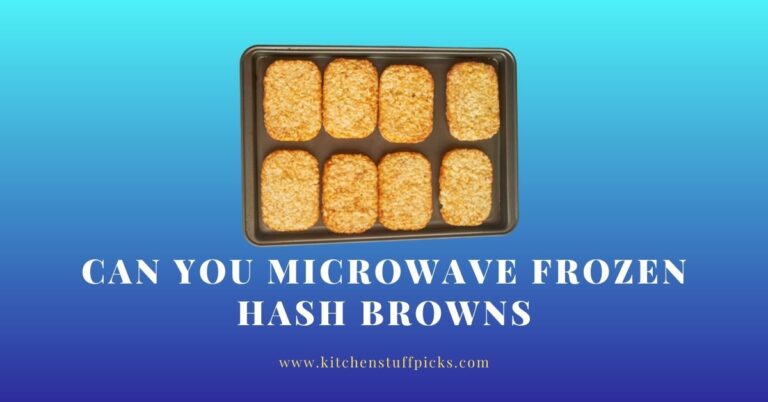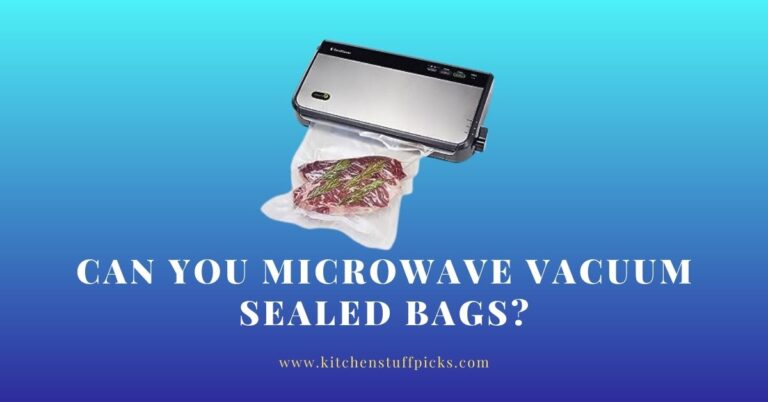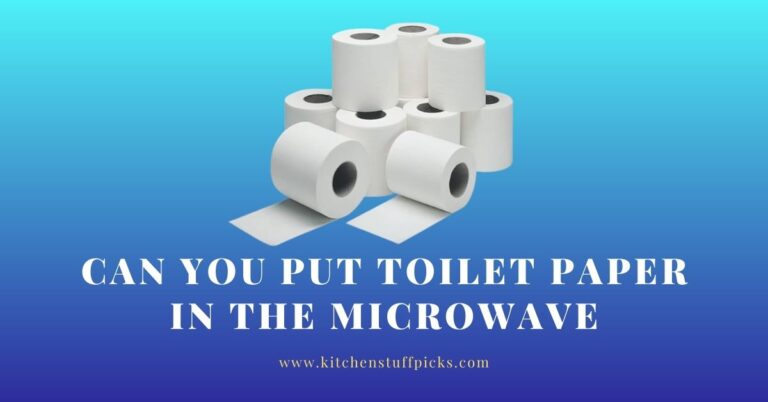Unlocking the Secrets of Microwaves: how hot does a microwave get?
Microwaves are great cooking tools that help us cook and heat food quickly. They are like magic boxes that heat our food with unseen waves. The name for these waves is “microwaves,” and they are a form of energy.
How Do Microwaves Work?
A magnetron is a small part that is inside of a microwave. Microwaves are made by the magnetron, and they move around inside the microwave oven. When you put food in the microwave and press a button, the microwaves go into the food. These microwaves make the water molecules in the food move around and bump into each other, which makes heat. This is how the food warms up.

Microwave Heating Process
Understanding Microwave Radiation
The energy that microwaves give off is called microwave radiation. It’s a type of energy that can be used to heat food without hurting us. When we use a microwave, the microwaves go through the air and get into the food.
Interaction with Water Molecules
The key to microwaving is water. Most of the things we eat have water in them. When microwaves hit the food, they get the water molecules stirred. This makes the water molecules move, which warms up the food. Soups and veggies heat up faster in the microwave because they have more water.
Maximum Microwave Temperature (how hot does a microwave get)
The Science Behind Microwaving
Microwaving is like using a different kind of heat to cook. But the microwave can only make our food so hot for so long. To stay safe, you need to know this amount.
Factors Affecting Maximum Temperature
How hot a microwave can get depends on how long and how much power we use. If you use more power and wait longer, the food can get hotter. But we have to be careful not to heat things in the microwave or use the wrong materials.
Microwave Heating Efficiency
Temperature vs. Time
To make sure our food is just right, we need to find the right mix between how long we heat it and how hot it gets. Cooking times can change depending on what we put in the microwave and how much.
Avoiding Uneven Heating
Parts of the food we eat can sometimes get very hot while other parts stay cold. To stop this from happening, we can use a cover that can go in the microwave or stir the food halfway through cooking.
Safety Precautions
Avoiding Super heating
When water gets hotter than its boiling point but doesn’t boil, this is called “super heating.” It can be dangerous because the water could explode at any time. To stop this from happening, we can heat the water with a wooden stick or another microwave-safe item.
Microwaving Certain Materials
Not every item or thing can go in the microwave. We should only use plates that can go in the microwave and not use metal, which can make sparks and damage the microwave.
Microwave and Food Safety
Safe Temperatures for Cooking
We have to make sure that our food gets to a safe temperature to kill any bacteria that could be dangerous. Follow the directions on the package for how to cook the food, or use a food thermometer.
Reheating and Food borne Illnesses
We sometimes have food left over that we need to cook. To keep from getting sick from food, it’s important to do it right. Bacteria can be killed by reheating food until it’s steaming hot.
Exploring Different Microwave Powers
How Power Levels Affect Heating
Most microwaves have more than one amount of power. Power with less heat takes longer to heat up, while power with more heat heats up faster. We can pick the right amount of power for each food.
Optimal Power for Different Foods
Some foods need low power to cook evenly, while others need high power to cook fast. If we know the right amount of heat, we can make tasty meals.
Microwaving Liquids
Understanding Boiling and Explosive Risks
In the microwave, liquids like water can get very hot. When we take the hot liquid out of the microwave and move it, it might quickly boil and splash, causing burns.
Preventing Liquid Overheating
To keep the liquid from getting too hot, we can put a wooden stick or another microwave-safe item in it. Be careful with drinks that are hot from the microwave.
Microwave and Nutrient Retention
Impact of Microwaving on Nutrients
Food can be cooked quickly in the microwave, but it can also change the nutrients in the food. Some vitamins can be destroyed by high temperatures.
Microwaving vs. Other Cooking Methods
Even though microwaving can lower some nutrients, it can also keep more nutrients than methods like boiling.
Related Post: Is Stoneware Microwave Safe?
Related Post: Can You Microwave Mason Jars?
Microwaving Frozen Foods
Safety Tips for Defrosting
Putting frozen food in the microwave is a great way to thaw it fast. But we should remember to take out any metal or cardboard that can’t be heated in the microwave.
Maintaining Quality during Thawing
Food that is thawed in the microwave might not always taste and feel the best. To keep the food’s quality, we can use less power or special cooling settings.
Microwaving Non-Food Items
What Can and Cannot Be Microwaved
You can’t put everything in the microwave. We shouldn’t put plastic bags, aluminium foil, or anything metal in the microwave.
Microwave Uses Beyond Cooking
Microwaves can be used for more than just cooking. For example, they can be used to dry herbs or soften hard brown sugar.
Microwaving for Sterilization
Microwaving Medical Equipment
Some medical tools can be sterilized quickly and safely in a microwave in a hospital or lab.
Disinfecting Household Items
We can also clean sponges, cutting boards, and other small things around the house with a microwave.
The Myth of Superheated Water
Dispelling the Superheating Myth
Superheating is a real thing, but we don’t need to worry about it as long as we take safety measures.
Explaining Explosions
If you stir up water that is already very hot, it can quickly boil and explode. This danger can be stopped by adding a wooden stick.
Investigating Microwave Wattage
How Wattage Affects Heating Time
Food can heat up faster in microwaves with more power, but you have to change the cooking time to match.
Choosing the Right Microwave for Your Needs
When we buy a microwave, we should think about how we cook and the power of the microwave to make sure it fits our needs.
The Future of Microwave Technology
Advancements in Microwave Engineering
Scientists are always coming up with new ways to improve microwaves and make them safer.
Implications for Cooking and Beyond
The future of microwaves could bring exciting new ideas and uses that we can’t even think of yet.
Conclusion:
Microwaves are amazing cooking tools that heat our food quickly and efficiently by using special waves called microwaves. If we know how the microwave works, we can use it safely and make delicious food.
Remember that it’s safe to use the microwave as long as we follow some important rules. Always use plates that can go in the microwave, and never put metal or aluminium foil in it. When heating liquids, add a wooden stick or other microwave-safe object to keep them from getting too hot.
We make sure our food is heated properly and doesn’t get too hot by using the right power level and time settings. Even though microwaving can make some nutrients less effective, it is still a better way to cook than other methods.
As technology improves, microwaves will keep getting better and better, with even more useful features and uses. We can get the most out of microwaves by realising how amazing they are and using them in a sensible and efficient way. So, the next time you use a microwave, keep in mind that you are using science to cook your food quickly and accurately.
FAQs
Is Microwaving Safe?
Yes, microwaving is safe if we know how to do it right and follow safety rules.
Can Microwaves Explode?
Microwaves don’t explode on their own, but water that has been boiled too much might if it is moved.
How Does a Microwave Heat Food?
The energy made by microwaves makes the water molecules in food move, which heats up the food.
What Happens If You Microwave Nothing?
Putting nothing in the microwave won’t hurt it, so don’t do it.
Can Microwaving Food Reduce Nutrient Content?
Some nutrients can be lost when you microwave food, but it can also retain more nutrients than other ways of cooking.






